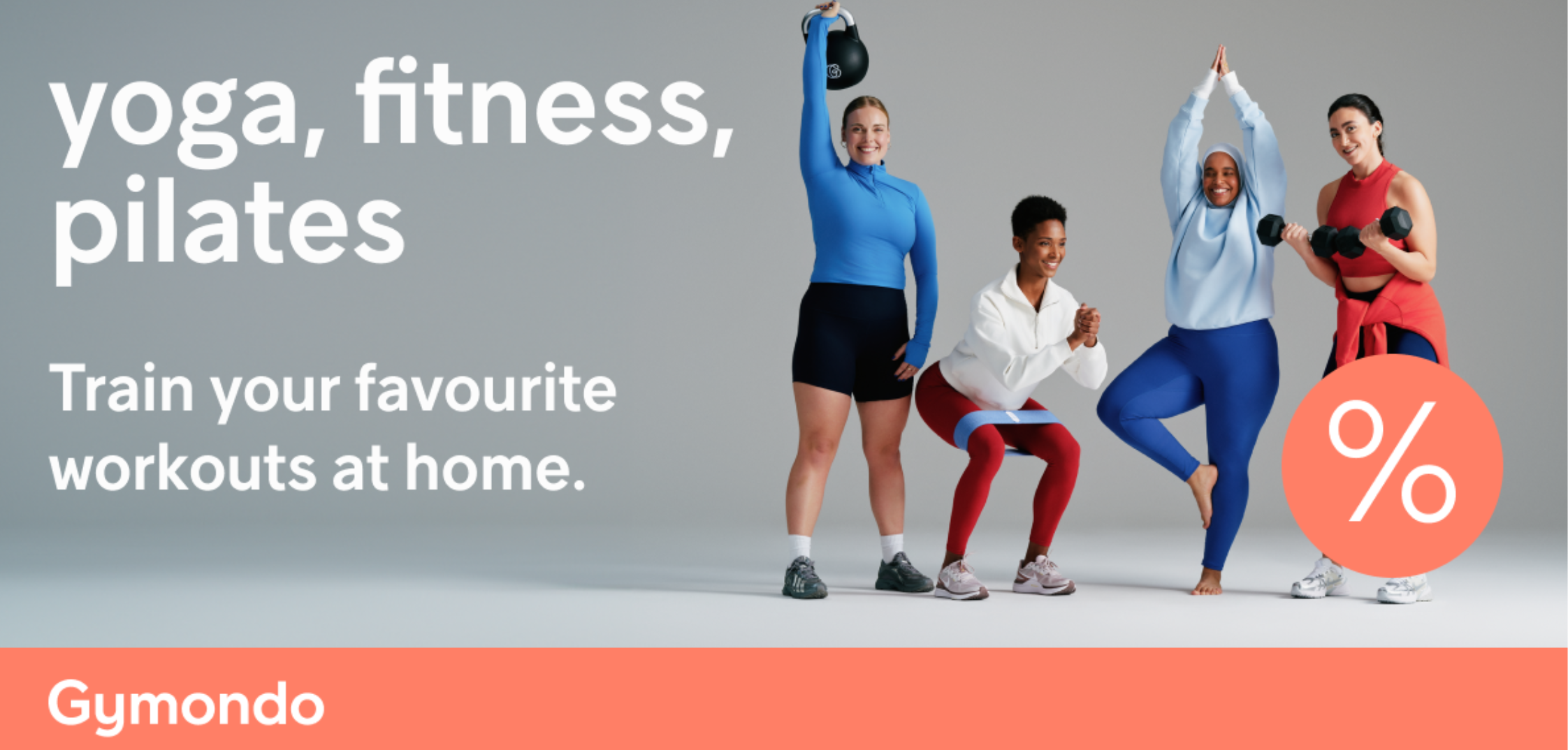In recent news, the first Black woman to win an individual Olympic gold medal in swimming, Simone Manuel was diagnosed with overtraining syndrome and nearly lost out on competing in the upcoming 2021 Olympics in Tokyo.

She called her months-long health battle the “biggest fight” of her life. According to Manuel, she’d been “feeling off” since January. By March, she “completely crashed,” experiencing alarming symptoms in and out of the pool.
She began modifying her training but her condition continued to worsen. Eventually, her doctors forced her to take 3 weeks off from training, which threatened her chances to secure a spot in the upcoming Olympics.
In a truly stunning turnaround, Manuel won the 50-meter freestyle at the Olympic trials by a fraction of a second—0.01 seconds to be exact.
Wondering if overtraining syndrome is something that only happens to elite athletes or should you be worried about it, too? In this article, we’ll discuss what overtraining is and the 7 most common symptoms you should constantly look out for.
What Is Overtraining Syndrome?
Overtraining syndrome occurs when you’re training at such a high level of intensity that you’re unable to adequately recover between sessions. While it’s most common among athletes, it can happen to anyone.
Whether you’re training for the Olympics, preparing for a marathon or completing daily sweat seshes from the comfort of your home, overtraining could happen to you. Keep an eye out for these 7 common symptoms.
#1 Frequent Injuries

Are you getting injured more frequently? Or maybe you’re re-aggravating old injuries. If this is happening on the reg, you might be overtraining.
So, why is this happening? When you overtrain, your body doesn’t get enough time to rejuvenate between workouts. At some point, you’ll begin training in a weakened state, meaning you’re not working out at full capacity. If you do this too often, you’ll significantly increase your risk of injury.
To prevent injuries from occurring, make sure you allow yourself appropriate rest periods between workouts. This could mean taking a day off between training sessions or mixing up your workouts—high-intensity sessions like HIIT on Mondays, Wednesdays and Fridays interspersed with low-impact activities like yoga on Tuesdays and Thursdays.
#2 Stalled Progress

Have you noticed that you’ve stopped making gains? In spite of all your efforts, you’ve suddenly hit a training plateau. The term “plateau” refers to a sudden and dramatic decrease in your training results.
When you overtrain, what you’re trying to accomplish—be it gaining strength or increasing your cardiovascular fitness—starts going in the opposite direction of growth.
Your muscles start breaking down and with each new training session, they’re re-tearing due to inadequate rest. When this occurs, you’ve entered into a muscle-burning phase. Muscles need appropriate rest to repair, which can only occur when you give your body the rest it needs.
#3 Extended Muscle Soreness

Delayed-onset muscle soreness (DOMS) is totally normal. It’s the pain that begins after an intense workout—normally starting 24 to 48 hours after training.
While DOMS is normal, what’s not is still feeling sore past the 72-hour mark. When this occurs, be sure to schedule a break from training. Extended muscle soreness is a sign your muscles aren’t recovering properly, which negatively impacts your ability to gain muscle or advance your cardiovascular fitness.
#4 Weakened Immunity

You should be working out to feel better, not worse. But frequent illness and a weakened immune system is a common sign of overtraining. If you’re feeling ill, it’s your body’s way of telling you that your immune system is suffering from overtraining.
Overtraining causes your body to go into a continual catabolic state—a breakdown of muscle mass—which lowers your immunity and increases your chances of getting sick.
The good news is that it’s easy to combat—get plenty of rest and reduce your training. You might also consider adjusting your nutrition plan. If you’re training super intensely 5 or more days a week, your diet should consist of 55-60% carbohydrates.
#5 Insomnia

Are you struggling to sleep even though you’re wiping yourself out after every workout? While you might think hard training sessions lead to better sleep, think again. Overtraining can lead to insomnia or disrupted sleep. Your body rebuilds muscle in a rested state, not during training. If you’re experiencing insomnia, it might be time to take a break from training.
#6 Severe Fatigue

If you’re experiencing severe fatigue on a daily basis, you may be overtraining. While fatigue is completely normal every once in a while, prolonged feelings of lethargy are indicative of a more serious problem.
Fatigue happens when your body repeatedly doesn’t fully recover after your training sessions. You may even feel excessively fatigued during your workouts.
Make sure you’re properly fueling your body before a workout. Carbohydrates are the main fuel source for exercise and the primary fuel source for your brain.
Without enough carbohydrates, your body may dip into its protein stores, which will ultimately reduce muscle mass—the total opposite of what you’re trying to accomplish.
Related: The 5 Best Pre-Workout Foods for Optimal Performance
#7 Depression

Working out is usually considered good for your mental health, but if you’re overtraining, it could have the opposite effect.
If you’ve been training for days on end without a break, you might notice that you’re more irritable. You may also observe that you’re more aggressive, moody or even depressed.
Overtraining affects your stress hormone levels which may intensify your personality traits. Listen to your body, hone in to how you feel and adjust your training accordingly.
When to Take a Break From Training
Take an extended break from training if you have any injuries or if you’re experiencing any of the symptoms listed above. During your break, stay away from high-impact or intense forms of exercise—HIIT, plyometrics, heavy weight lifting, etc. Give yourself the time needed to make a full recovery.
Want to mix HIIT and yoga or combine strength training with cardio? With Gymondo, you can train two fitness programs at once. Not only does this reduce your risk of overtraining, it keeps you motivated to stick with your fitness routine. Start your free trial today and explore 30+ fitness programs and 300+ workouts requiring zero to minimal equipment.



Kommentar schreiben